
The Peruvian Aprista Party is a Peruvian political party and a member of the Socialist International. The party was founded as the American Popular Revolutionary Alliance by Víctor Raúl Haya de la Torre, who originally intended to create a network of anti-imperialist social and political movements in Latin America. Members are called "compañeros", based on the fraternity espoused by Haya de la Torre. Originally a centre-left to left-wing party with democratic socialist and nationalist elements, the party moved closer to the political centre under the leadership of Alan García starting in the 1980s, embracing social democracy and later some Third Way policies. In 2006, the party adopted a new platform as García's second presidency implemented a series of policies labelled as centre-right, embracing free-market capitalism, dialogue with other right-wing parties and organizations in the country, and closer ties with the Catholic Church and Evangelical churches.

Víctor Raúl Haya de la Torre was a Peruvian politician, philosopher, and author who founded the American Popular Revolutionary Alliance (APRA) political movement, the oldest currently existing political party in Peru by the name of the Peruvian Aprista Party (PAP).

José Luis Bustamante y Rivero was a lawyer, writer, politician, and diplomat who served as the 44th President of Peru from 1945 to 1948 and President of the International Court of Justice in The Hague from 1967 to 1970.

Óscar Raymundo Benavides Larrea was a Peruvian field marshal, diplomat, and politician who served as the 38th and 42nd (1933–1939) President of Peru, with his latter term being a period of authoritarian fascism.

El Comercio is a Peruvian newspaper based in Lima. Founded in 1839, it is the oldest newspaper in Peru and one of the oldest Spanish-language papers in the world. It has a daily circulation of more than 120,000. It is considered a newspaper of record and one of the most influential media in Peru.
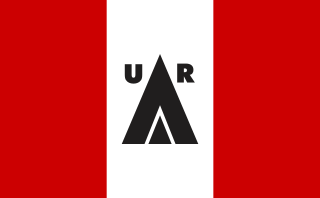
Revolutionary Union was a fascist political party in Peru that lasted from 1931 to 1945.

National Democratic Front was a political coalition in Peru that was founded in 1944 in Arequipa by ultraconservative Manuel J. Bustamante de la Fuente. Future president Fernando Belaúnde Terry was also present during the party's foundation. The initial coalition comprised APRA, the far-right Reformist Democratic Party and the fascist Revolutionary Union party, ultimately excluding the Peruvian Communist Party. The alliance led to the triumph of ultraconservative José Luis Bustamante y Rivero becoming president the same year.

Popular Force, known as Force 2011 until 2012, is a right-wing populist and Fujimorist political party in Peru. The party is led by Keiko Fujimori, former congresswoman and daughter of former President Alberto Fujimori. She ran unsuccessfully for the presidency in the 2011, 2016 and 2021 presidential elections, all losing by a narrow margin.

Magda Portal was a Peruvian poet, feminist, author, and political activist and leader. She was recognized in the vanguardia poetry literary movement in Peru and Latin America, and she was one of the founders of the APRA political party.
Fascism in South America encompasses an assortment of political parties and movements modeled on fascism. Although the ideology originated in and is primarily associated with Europe, fascism crossed the Atlantic Ocean in the interwar period and had an influence on South American politics. Italian fascism had a deep impact in the region, both directly and indirectly.
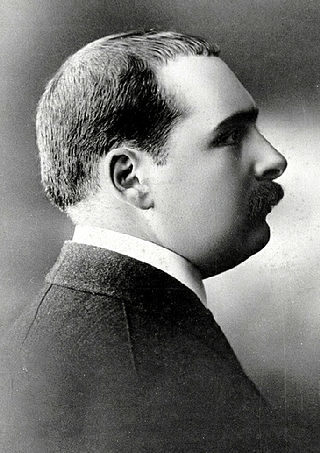
José de la Riva-Agüero y Osma, 6th Marquess of Montealegre de Aulestia and 5th of Casa-Dávila was a Peruvian lawyer, historian, writer, essayist and politician who served as Prime Minister of Peru, Minister of Justice and Mayor of Lima. He was a leading member of the so-called Generation of 900, a conservative ideological movement of the early 20th century that also included other important member of Peruvian society, such as Víctor Andrés Belaúnde, Francisco García Calderón Rey, Óscar Miró Quesada de la Guerra and José Gálvez Barrenechea.
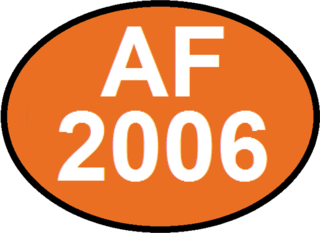
Fujimorism denotes the policies and the political ideology of former President of Peru Alberto Fujimori as well as the personality cult built around him, his policies and his family, especially Keiko Fujimori. The ideology is defined by authoritarianism, its support for neoliberal economics, opposition to communism, and socially and culturally conservative stances such as opposition to LGBT rights and school curriculums including gender equality or sex education. Opponents of Fujimorism are known as anti-Fujimorists.
Búfalos is the name attributed to paramilitary squads connected to the APRA Party in Peru, originating in the 1930s. The name of the group was taken from Manuel 'Bufálo' Barreto, who had led an attack on the O'Donovan military base in 1932. Búfalos have traditionally acted as bodyguards of APRA leaders. In the discourse of APRA chief Victor Raúl Haya de la Torre, búfalos would be responsible for crowd control during mass rallies.
The history of the far-right in Spain dates back to at least the 1800s and refers to any manifestation of far-right politics in Spain. Individuals and organizations associated with the far-right in Spain often employ reactionary traditionalism, religious fundamentalism, corporate Catholicism, and fascism in their ideological practice. In the case of Spain, according to historian Pedro Carlos González Cuevas, the predominance of Catholicism played an essential role in the suppression of external political innovations such as Social Darwinism, positivism, and vitalism in Spanish far-right politics.
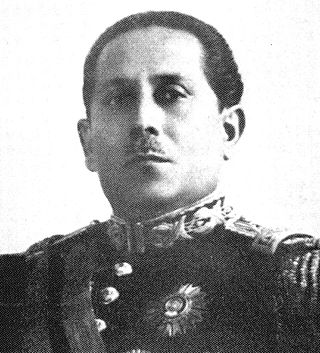
Antonio Rodríguez Ramírez was a Peruvian military officer and politician who served as Minister of Government and Police (1935-1939) and Second Vice President of the Republic (1936-1939) under General Óscar R. Benavides.
Roque Eduardo Benavides Ganoza is a Peruvian engineer, businessman, and mining magnate, who is the chairman and former CEO of Compañía de Minas Buenaventura. A leading businessman in the mining sector, Benavides is considered one of the most powerful Peruvian entrepreneurs, and has a net worth of US$2 billion as of March 2013, making him the fifth-wealthiest person in Peru.

Popular Renewal is a Peruvian conservative political party. Founded in 2020, the party is the successor of the former National Solidarity Party founded and led by former Lima Mayor Luis Castañeda Lossio. Following its poor results at the 2020 snap parliamentary election, leader Rafael López Aliaga announced the party's re-foundation under the Popular Renewal.

La Resistencia Dios, Patria y Familia, commonly known as La Resistencia, is a far-right neo-fascist militant organization that promotes Fujimorism in Peru.

Josué Manuel Gutiérrez Cóndor is a Peruvian lawyer and politician. He served as a member of the Congress of Peru from 2011 to 2016. In May 2023, he was appointed Ombudsman of Peru by Congress.
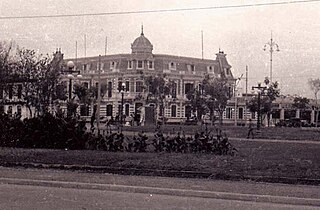
The Casa Tenaud, also known as the Palacio Tenaud or as the Palacete Tenaud, was a building located at the intersection of today's Grau Avenue and the Paseo de la República, in Lima, Peru. The building was burned down on December 7, 1945, due to it being the location of the offices of the Revolutionary Union political party, including that of its leader, Luis A. Flores.


















